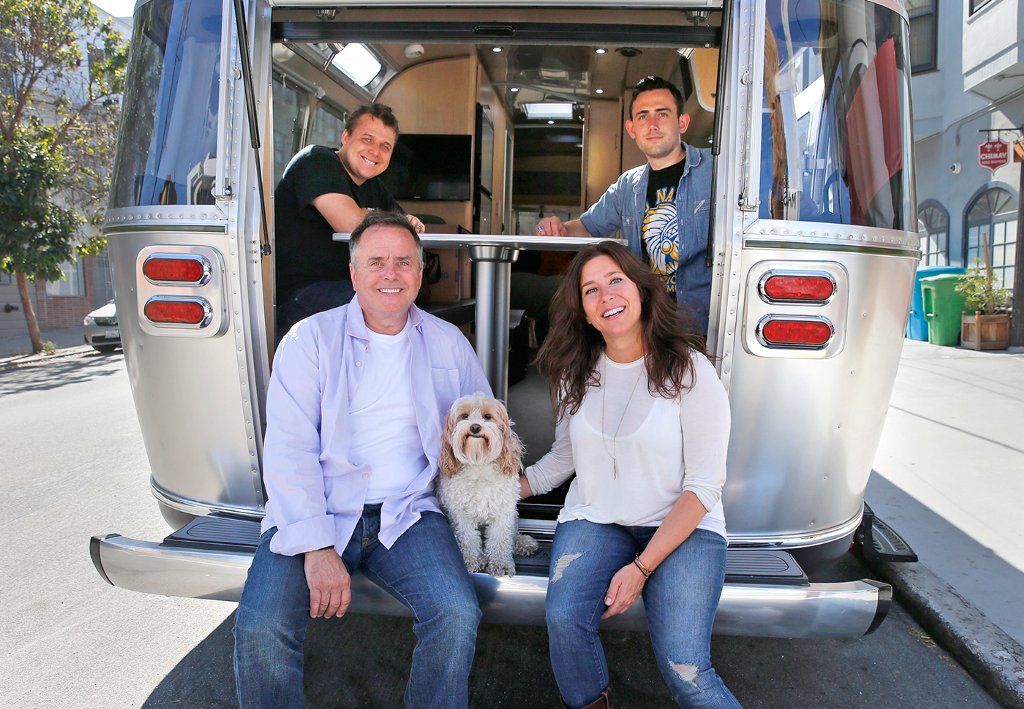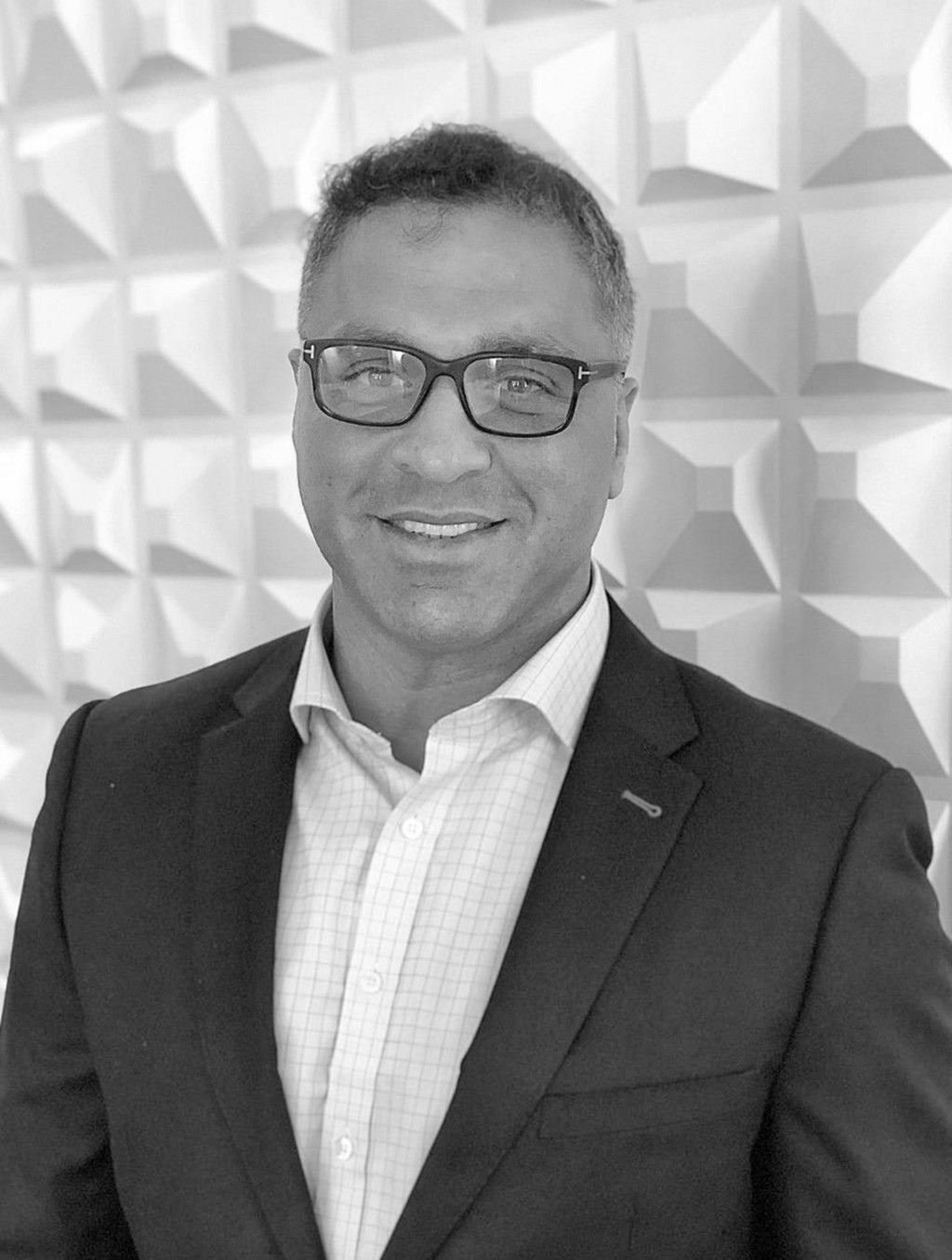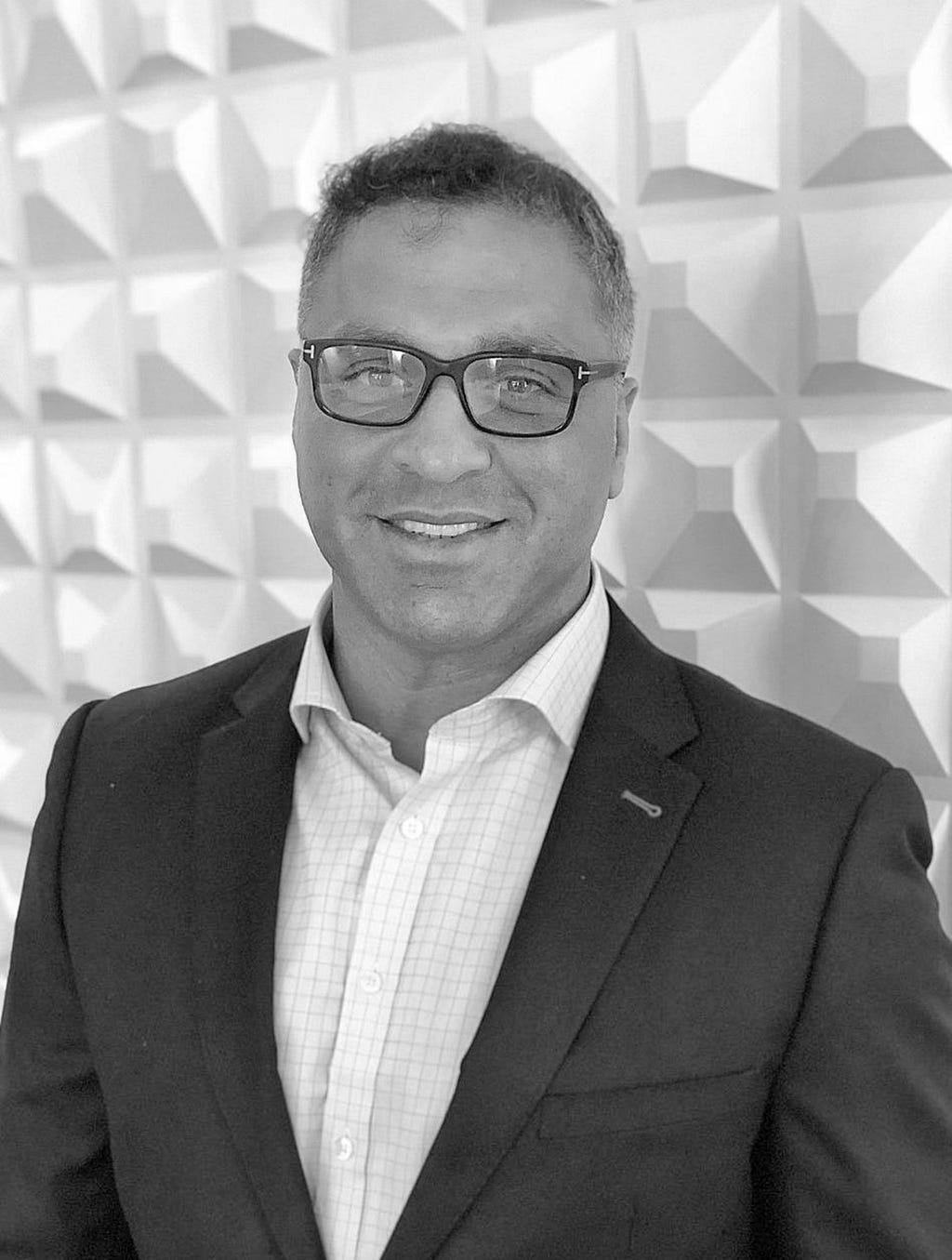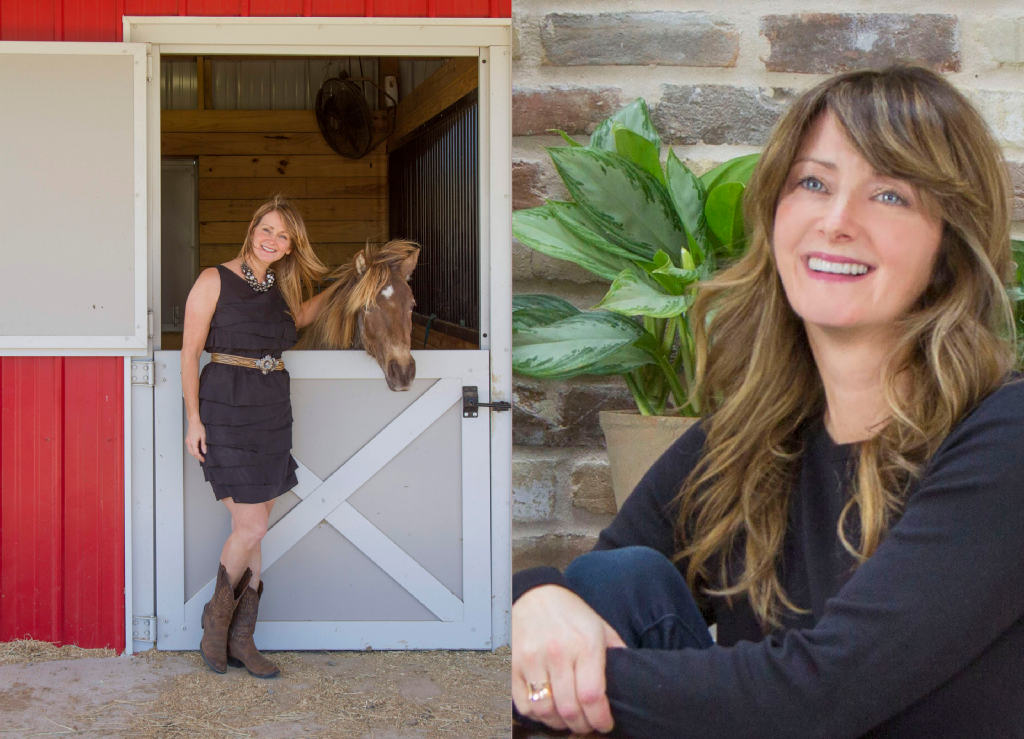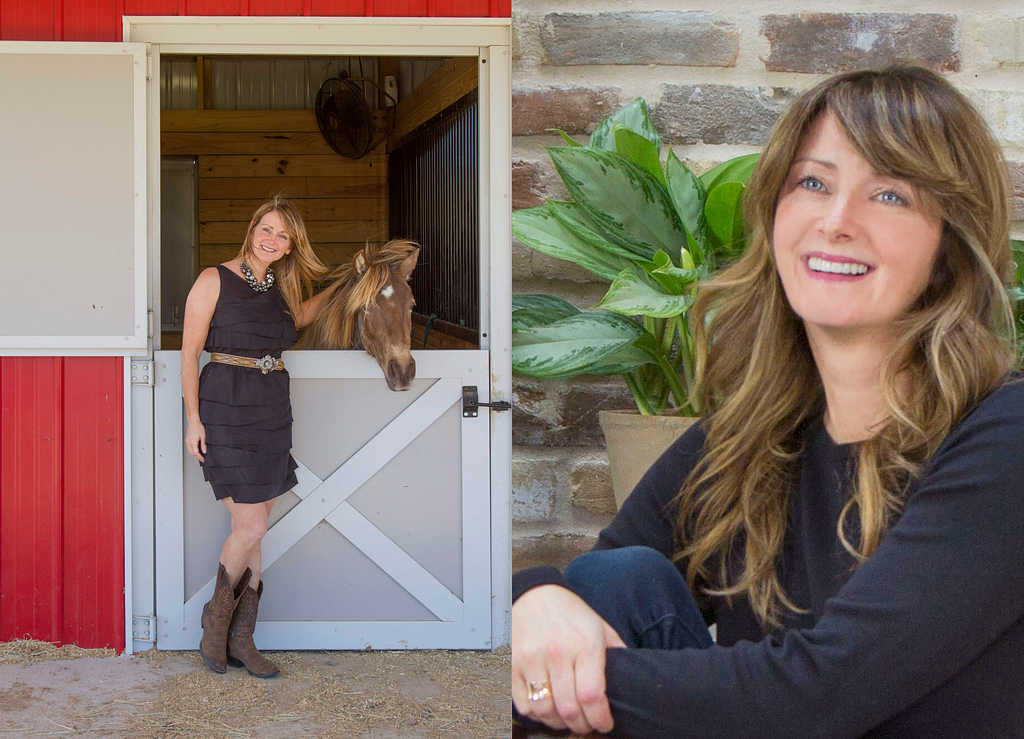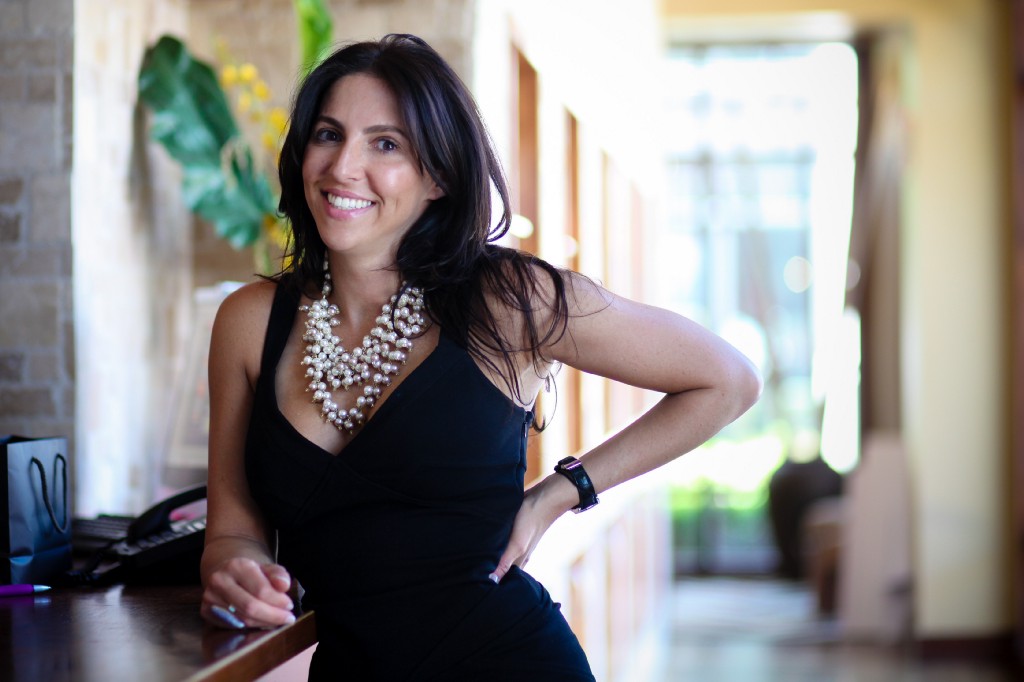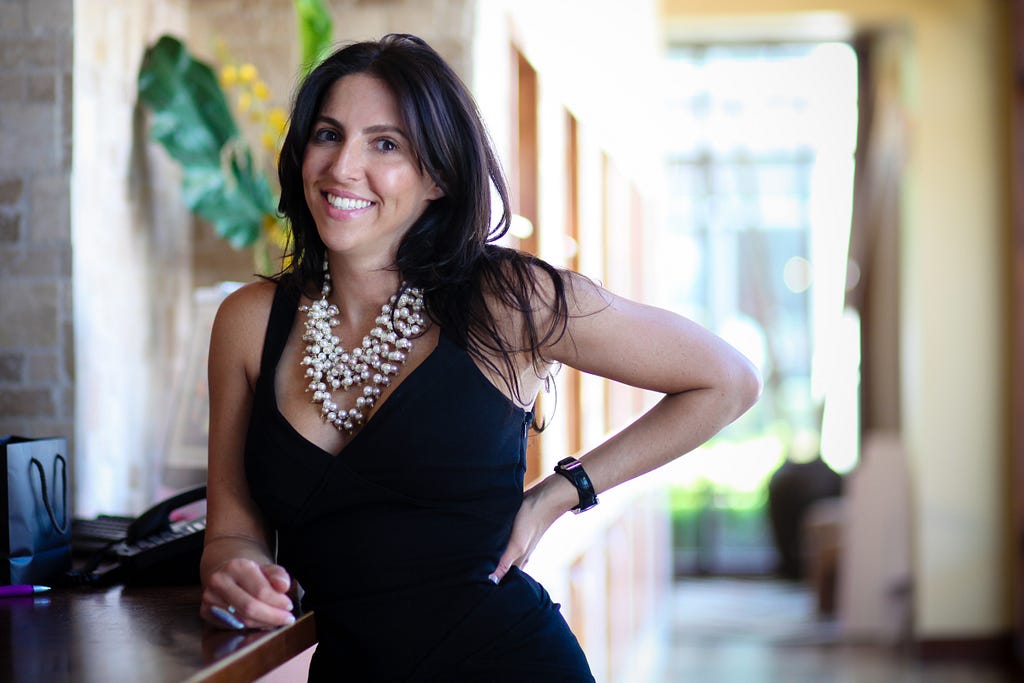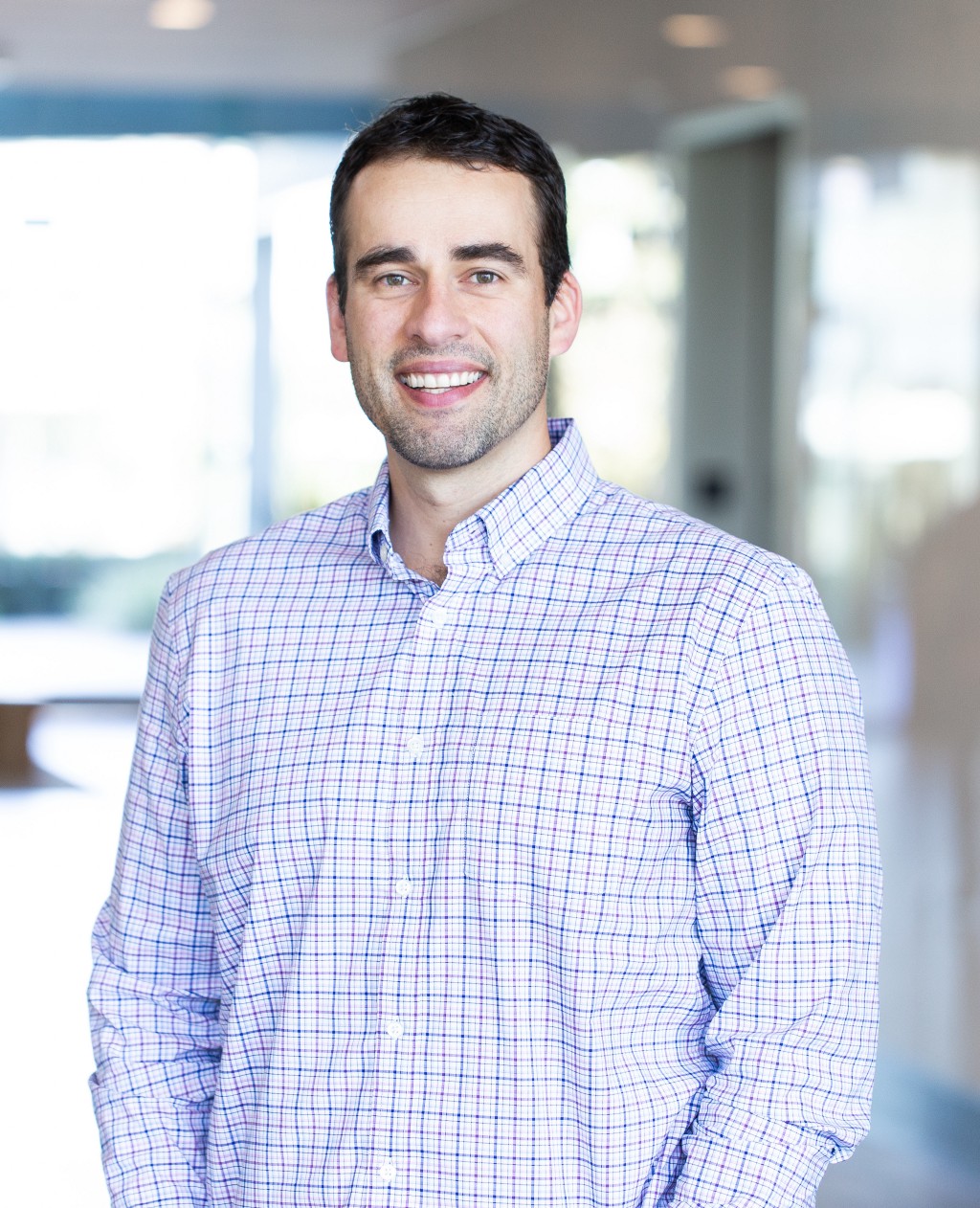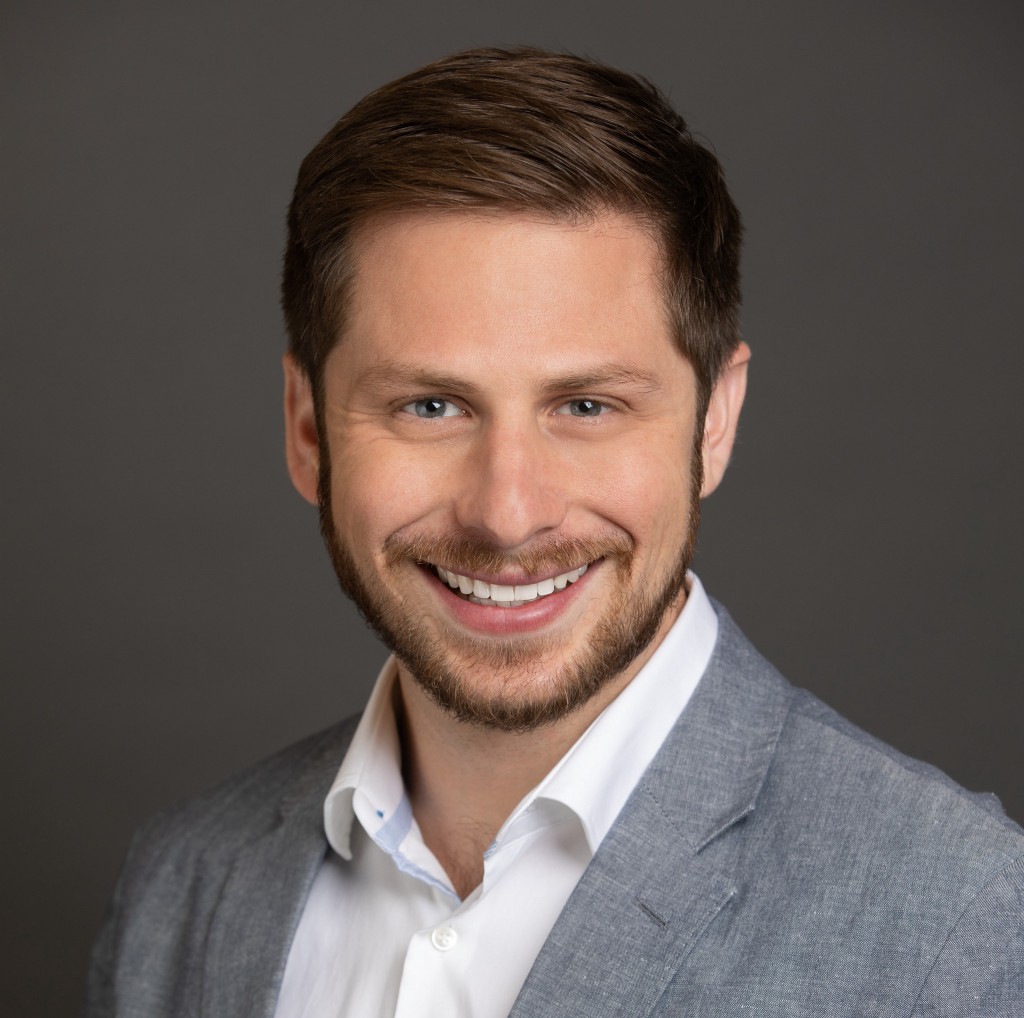
It’s human nature to be negative. Prove them wrong, but never gloat. When I sent that investor the box of Outdoorsy goodies, I also thanked him for making us be more focused and making me think harder and work harder on the business concept. Basically, you never want to be an arrogant winner — it’s very unbecoming. Even if you’re right, be a very gracious winner.
As a part of our series about “dreamers who ignored the naysayers and did what others said was impossible”, I had the pleasure of interviewing Jeff Cavins, CEO of Outdoorsy.
Jeff Cavins is a technology veteran with over 22 years of senior-level experience in emerging growth technology, software, Internet, and digital media companies. During his career, he has created over $32B in total market capitalizations. He co-founded Outdoorsy in 2015 and serves as Chairman and CEO of the largest and most-trusted peer-to-peer RV rental platform.
Prior to Outdoorsy, he served as the Chief Executive Officer of Fuze, a cloud communications company based in San Francisco, CA. In 2013, Fuze was recognized by Inc 500 as the 125th fastest-growing private company in America. Prior to Fuze, Cavins served as President and CEO of CallWave (NASDAQ: CALL), a leading provider of internet and mobile based unified communications solutions, as well as CEO of Loudeye Corporation (NASDAQ: LOUD), a global leader in digital media distribution technology, which was subsequently acquired by Nokia. While at Loudeye, he expanded the company globally, developed strategic partnerships with such companies as Apple, AT&T Wireless, Nokia, and Virgin, growing shareholder value by over 1700 percent. While at Fuze, he supervised the development of Fuze for iPad, personally used by Steve Jobs and featured by Apple in the 2011 “We Will Always” global iPad TV ad campaign.
Cavins served as a Venture Advisor at Azure Capital Partners in San Francisco, and as Senior Vice President for Exodus Communications, a hosting and interactive web services company, where he was responsible for over $1.3 billion dollars in revenue, 1,900 employees and established strategic partnerships with such industry leaders as Google, Yahoo!, eBay and MSN.
Prior to that, Cavins served as founder, President, and CEO of CSI Digital, an advanced digital media technology software company developing visual effects technologies for the TV and film industries. CSI Digital was recognized by Inc. Magazine in 2007 as the 100th fastest-growing private company in America and in the same year, it won first place in the first-ever Deloitte and Touche Fast-50 Program.
Prior to CSI, he spent nearly a decade in the broadcast division of Sony Corporation in sales management and engineering roles. Cavins designed and developed the Instant Replay system for the NFL and deployed the system across the NFL, and also led the NFL’s migration from video to film for game day analysis — two technologies that are still in use by the league today.
Thank you so much for joining us! Our readers would love to ‘get to know you’ a bit better. Can you tell us your ‘backstory’?
Fun fact: I’m not really just a business guy, although my bio might convince you otherwise. I’m actually an engineer at heart. When I get into any new business, I immediately start to see problems. And that’s a good thing. The biggest thing I’ve ever learned in my career is you always look for the “bleeding from the neck” problem — the thing that’s just killing customers and consumers. And then you tackle it head-on. So my career has been a series of roles at completely different kinds of companies where I’ve uncovered problems and worked to find innovative solutions to them.
Are you working on any new or exciting projects now? How do you think that will help people?
I like to think that everything we work on at Outdoorsy is exciting because we’re building a product to help make memorable outdoor experiences accessible to everyone. We mobilize the 54 million RVs around the world, empowering RV owners to realize life-changing financial benefits and empowering everyone to experience life’s best moments outside — which is pretty cool! As good as our team is at constantly iterating on improvements to the Outdoorsy experience, we’re just as good at keeping secrets. There’s one announcement we’ll be making before summer arrives that I’m particularly excited to talk about, but can’t share anything quite yet. (Stay tuned to our social channels for that announcement!) In the year ahead, as has been true in years past, our priority with any new development remains the same: We always put the customer first.
In your opinion, what do you think makes your company or organization stand out from the crowd?
At Outdoorsy, we see the act of renting an RV and hitting the road as a step — and an investment — in mental wellness. By facilitating RV rentals, that investment is made more accessible to a broader group of travelers. From the key exchange where you connect with the RV owner, to that first night sitting around the campfire at your campsite, you are having an experience that pulls you out of your comfort zone and separates you from your normal daily routine. You are, as John Muir so eloquently put it, “washing your spirit clean.” By seeing everything that can’t be seen at 30,000 feet, hearing every bird chirp, and breathing in the fresh mountain air, you are recalibrating how you think about yourself and the world around you. Your perspective and outlook on even the most minute, daily things starts to become more positive. We’ve heard about the benefits of the 3-day effect and doctor’s prescribing nature as medicine, and we see the act of renting an RV as a way to get closer to making that 3-day weekend or that much-needed time in nature a reality.
Ok, thank you for that. I’d like to jump to the main focus of this interview. Has there ever been a time that someone told you something was impossible, but you did it anyway? Can you share the story with us? What was your idea? What was the reaction of the naysayers? And how did you overcome that?
I’ve been a VC, I’ve been a CEO of two publicly traded companies, and I led a third publicly traded company to $32 billion in valuation, so I had a pretty good idea what I was doing when I started Outdoorsy, but when I went to pitch the idea of Outdoorsy to people, they started laughing at me. They were like, “What? RVs?” I would go pitch a VC and they would cut the meeting short. Usually they give you about an hour to do your pitch, but they were cutting me short at about 15 minutes. They called it an “unintelligent idea.” I had one guy stop the meeting right as I was clicking to Slide 2 on my presentation deck and he goes, “What? You’re doing a marketplace for RVs? That’s ridiculous. Any business that’s old, male, and stale, we want nothing to do with.” That’s what he called it — old, male, and stale. So Jen and I basically got walked out of every meeting. Then I had people start laughing at me. The worst one was when I met with this famous investor and he listened to the pitch quietly, and at about 20 minutes in he stopped me. He said, “Jeff, this is the dumbest idea I have ever heard of. This is stupid. Nobody cares. There will be nothing but crickets chirping on your website.” He said, “I’m telling you, you’re building a business with nothing but crickets.” And he adjourned the meeting. That was how we spent most of the year of 2014 — being rejected.
So we went back to the drawing board. I had two other guys on the team by then, our co-founders Ryan Quinn and Tyler Stillwater, and I told them, “Guys, I really think we can do something here. I’ll fund it myself, but at some point I am going to have to bring in an investor to help us. So I started funding it and we got up and running throughout 2014 and 2015 and then in 2015 Jen and I sat down and said, “We’ve got to go live among the people that do this.” So we decided to go live on the road — like people we wanted to use our site would do. We sold everything we owned, bought an airstream and hit the road, crisscrossing the west coast for 7 days a week for 7 and a half months. We conducted more than 1,200 in-person interviews with people we met along the way.
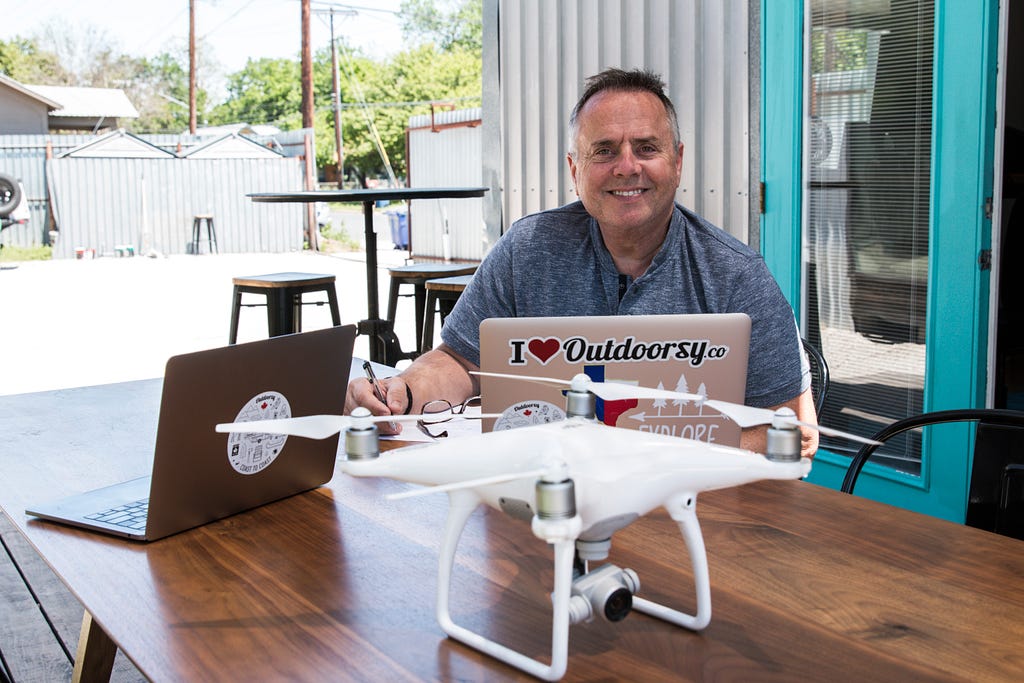
In the end, how were all the naysayers proven wrong? 🙂
I had no doubt that we could make Outdoorsy work, but when we were traveling around the country, we learned that the people living this campervan lifestyle weren’t old, male, and stale. They were young and ambitious, and the more I kept meeting with people, the more I developed confidence in Outdoorsy. I’d come back to Silicon Valley from time to time and I’d tell people, “This is what I’m seeing in the field” and they would say, “Jeff, this is such a stupid idea. What are you doing this for? You’re ruining your career.” But the more I kept meeting with customers and getting in front of people, the more I started to develop confidence that there was a movement afoot and nobody in the press was talking about it. About nine months after we took the company live in 2015, all of a sudden — boom — all over the press you were hearing about Gen Z and millennials and campervans.
It was such a harsh indictment on the vision to hear from investors that there would only be crickets on the site, so once we hit $100 million on the site in 2017, I packed up a box — I took a T-shirt, some stickers, and a printed out copy of our dashboard — and I sent one of the investors a note saying there was now 100 million crickets chirping on Outdoorsy. He sent me a note back and he was very congratulatory and he said, “You know, we don’t get them all right, Jeff, and that’s awesome that this is working out for you guys.” Fast forward from that and between 2016 and today we’ve done almost half a billion dollars in revenue and it’s changing people’s lives. Our owners are experiencing life-changing financial benefits and it’s really cool to watch.
None of us are able to achieve success without some help along the way. Is there a particular person who you are grateful towards who helped get you to where you are? Can you share a story about that?
The biggest influence I had in business was my father. He was my first phone call every morning, and he taught me so much. He was a CFO at an oil company in Houston and was very successful and very hard core. When I was a CEO at age 29 running a $65 million company, there was a lot I didn’t know and a lot that was over my head, but I knew I had great product ideas and a mentor I could call. He would always set me straight and throw a problem I was having back at me, saying that every problem or frustration I was having laddered back up to management, that the buck always stopped at the CEO. One of the biggest lessons he taught me: It’s never too soon to make the right decision and you’ll realize that, when you do, you’ll wish you did it sooner. You have to be swift and decisive. Your company counts on you for that.
It must not have been easy to ignore all the naysayers. Did you have any experiences growing up that have contributed to building your resiliency? Can you share the story with us?
I was raised by an old school father. He taught me what it meant to be strong. He was one of those guys who never threw in the towel and never gave up. He used to say it’s not about how many punches you can throw, it’s about how many punches you can take and still stand back up.
From a business perspective, I had a chance to hear Steve Jobs deliver some notes of wisdom on conference calls that just blew me away. One of the things he said that still sticks with me was, “Get close to your customer. Live with them. And anytime you get confused, get back in front of the customer, listen, and solve backward from what they have to say.”
When Jen and I were on the road, interviewing people we met along the way, we saw that RV owners wanted a marketplace economy to be built around the campervan lifestyle. We had a thesis around Outdoorsy and what it could be, but it was getting in front of the customers that confirmed it could be successful.
Based on your experience, can you share 5 strategies that people can use to harness the sense of tenacity and do what naysayers think is impossible? (Please share a story or an example for each)
- Having a vision and being excited about something is not enough. Typically people build a solution, looking for a problem to solve. But the best way to understand if you’re going to have something that’s successful is to go find a problem — one that people might not know they have — and then go build it. And if you believe in something, make sure you test it, and make sure it’s solving something.
- Know there’s a product-market fit and a founder fit. Make sure you fit what you’re doing. It should be something that fits you and your personality.
- Go as far as you can without having to raise money. When you have an idea for a company, you want to go as far as you can without raising money because you want to focus maniacally on customers. It’s hard to do because you have to survive and buy food and pay your rent. But the minute you take a nickel from an investor, you now have a new customer that you are beholden to. As the founder, one of your chief customers is your investor; you have to communicate with them constantly. You have to give them the good news and the bad news — they need to hear it all. Be prepared to understand that an investor is your customer as well.
- It’s human nature to be negative. Prove them wrong, but never gloat. When I sent that investor the box of Outdoorsy goodies, I also thanked him for making us be more focused and making me think harder and work harder on the business concept. Basically, you never want to be an arrogant winner — it’s very unbecoming. Even if you’re right, be a very gracious winner.
- Don’t be a good loser though. My dad always said, “Show me a good loser and I’ll show you a loser.” Losing should never be something you’re really good at. We’re all going to lose in business, but what that means is you when you lose, you want it to hurt. You want to learn something from the loss.
What is your favorite quote or personal philosophy that relates to the concept of resilience?
“Anytime you’re confused or don’t know what to do, go back to the customer, get as close as you can, and then solve backward from there and it will drive all of your clarity.” You really have to listen though, you have to soak up what they’re not saying as well, you have to study them and notice their behaviors — notice what makes them smile, how they dress, how they talk, how they like to vacation. Live among them to learn how you can refine your product.
You are a person of great influence. If you could inspire a movement that would bring the most amount of good for the greatest number of people, what would that be? You never know what your idea can trigger.
In the RV market, people are trapped financially for owning something they don’t need to use 24/7. RVs are overpriced and the value depreciates almost immediately after purchase. To be able to help RV owners recoup and increase the value of their investment, while simultaneously creating a new, affordable, and fun mode of travel for those who don’t own RVs, is a movement I want to stand behind — and that’s the journey we want to bring customers on at Outdoorsy.
Can our readers follow you on social media?
Yes, you can check out our website or follow us on Instagram, Facebook and Twitter. For any media-related inquiries or questions, feel free to email us.
Thank you for these great stories. We wish you only continued success!
Jeff Cavins of Outdoorsy: “They told me it was impossible and I did it anyway” was originally published in Authority Magazine on Medium, where people are continuing the conversation by highlighting and responding to this story.


